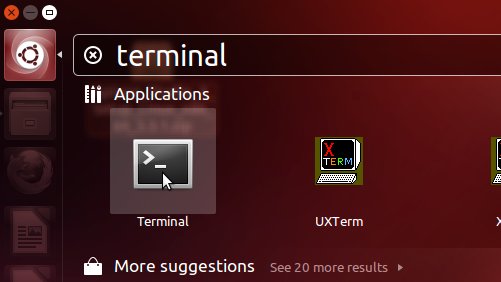Python Virtualenv/Virtualenvwrapper Ubuntu Quick Start
Hi! The Tutorial shows you Step-by-Step How to Install and Getting-Started with Python 2.X Virtualenv and Virtualenvwrapper for Ubuntu 15.04 Vivid Vervet i386/amd64 Linux.
A Virtualenv Environment, put simply, is an isolated working copy of Python which allows you to work on a specific project without worry of affecting other projects.
The Virtualenvwrapper include wrappers for creating and deleting virtual environments and otherwise managing your development workflow, making it easier to work on more than one project at a time without introducing conflicts in their dependencies.

-
Open a Command Line Terminal Window
Ctrl+Alt+t
(Press “Enter” to Execute Commands)
In case first see: Terminal QuickStart Guide.
Or Login into Server Shell Shell… -
Installing Virtualenv+Virtualenvwrapper on Ubuntu.
sudo su -c "apt-get install virtualenvwrapper"
-
Initial Virtualenv SetUp.
nano $HOME/.bashrc
Append:
export WORKON_HOME=~/Envs
Ctrl+x to Save & Exit from ‘nano’ Editor :)
bash
-
To Make a Python Virtual Environmnet.
mkvirtualenv test
-
To List All the Existing Virtual Environments.
ls $WORKON_HOME
-
To Switch the Virtual Environmnet.
mkvirtualenv essai
workon test
Show the Working Virtual Env:
echo $VIRTUAL_ENV
-
To Install Software into the Virtual Environmnet.
For Example:
pip install django
-
To List All the Virtual Environmnet Packages.
lssitepackages
-
To Automatically Run a Command after Environment Creation.
echo '[bash-command]' > $WORKON_HOME/postactivate
For Instance to Automatically Change to the New Env Directory:
echo 'cd $VIRTUAL_ENV' > $WORKON_HOME/postactivate
-
To Automatically Installing Commonly Used Tools.
echo 'pip install [myGoodTool]' > $WORKON_HOME/postmkvirtualenv
For Example:
echo 'pip install sphinx' > $WORKON_HOME/postmkvirtualenv
How to Install Google-Chrome Web Browser on Ubuntu Linux:
Setup Chrome on Ubuntu.
How to Install Aptana Studio 3 IDE on Ubuntu Linux:
SetUp Aptana Studio on Ubuntu.
How to Getting-Started with Python Selenium Browser Testing:
Setup Python Selenium Wedriver.